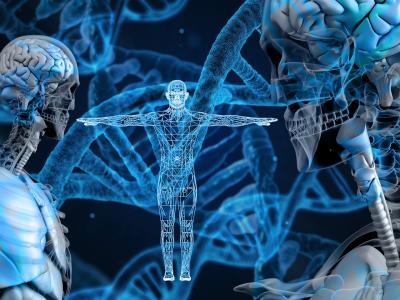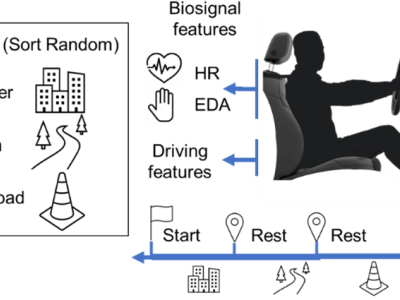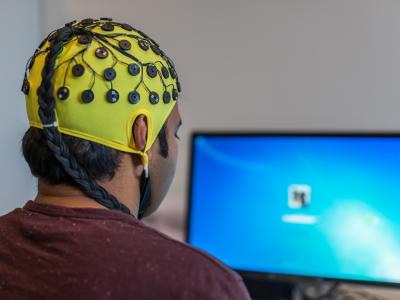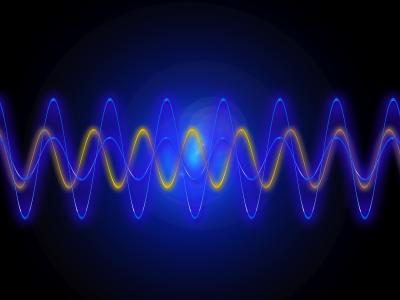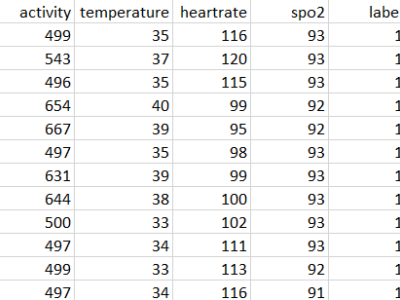
A dataset comprising a total of 21 individuals has been meticulously compiled, with 9 individuals identified as exhibiting Major Depressive Disorder (MDD) based on the outcomes derived from the PHQ-9 Questionnaire. The remaining 12 individuals in the dataset are classified as non-MDD.
The dataset encompasses diverse sensor data, including temperature measurements, SpO2 readings, pulse rates, and accelerometer data. It is important to note that all data points were collected within a controlled environment, ensuring reliability and consistency throughout the dataset.
- Categories:
